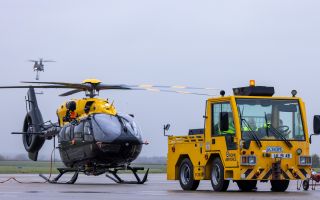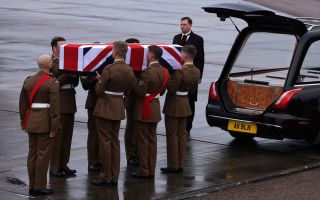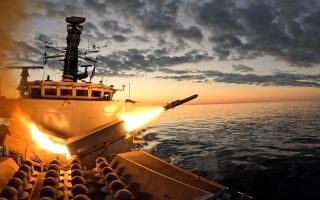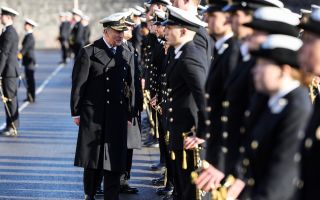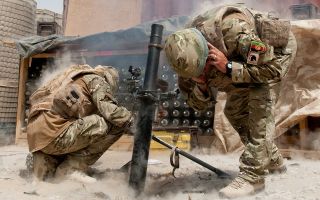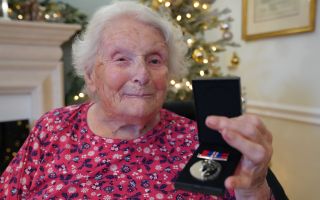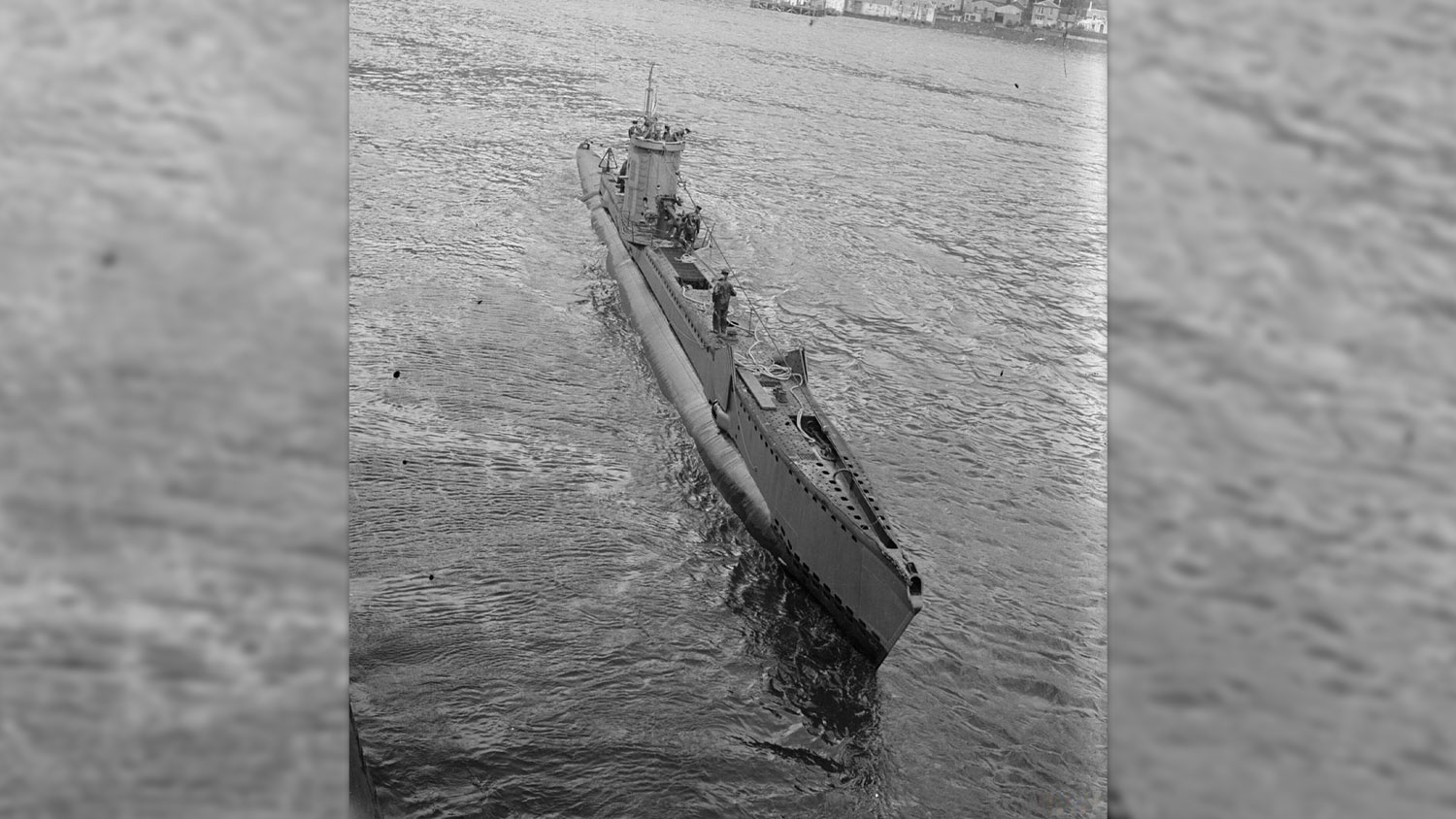
Eighty years since Venturer's namesake made world's only underwater sub-to-sub kill

Unlike blockbuster films such as The Hunt for Red October, U-571 and Hunter Killer, which depict submarines engaging in underwater combat, in reality only one submarine has ever been sunk by another while both were submerged.
Eighty years ago, V-class submarine HMS Venturer (P68) torpedoed U-864 off the coast of Norway, putting an end to a top-secret Nazi mission.
Lieutenant Jimmy Launders, the captain of HMS Venturer, used the Zero Gyro Angle (or 0GA in submariner terminology) technique which uses a spread of torpedoes fired to account for potential errors, sea conditions that can alter a torpedo’s trajectory, the draft of the target and any evasive action the target might take.
These strategies continue to be taught today, and the current HMS Venturer's name is inspired by this action and the technology and innovation exploited to achieve it.
Today's HMS Venturer is the first of the next generation of Type 31 Inspiration-class frigates, currently under construction in Rosyth.
Even though the technology and weapons are vastly different – the torpedoes HMS Venturer (P68) carried were "fire and forget" whereas modern torpedoes are wire-guided so they can be steered towards a target – there is much about Lt Launders' attack which make it a classic .
Rear Admiral Andy Perks, the head of the Silent Service, said: "There are a number of great submarine stories, especially from this era.
"This is one that the whole Submarine Service can be inspired and proud of.
"The service is fortunate to have fantastic people operating and maintaining our submarines as much today as we did 80 years ago.
"The technology may have changed, but the ethos of striving for innovation and excellence endures.
"Lieutenant Launders' legacy lives on and keeps us focused on those that make up the Submarine Service as much today as we did during his time."
While there was a degree of luck or perhaps fate in the encounter, most importantly Lt Launders placed himself in the best position to fire his salvo – today known as the optimum firing position.
HMS Venturer's Commander Chris Cozens said: "We have enormous pride to have this incredible story associated with the new Venturer.
"We also take inspiration of this action and try to use Jimmy's 'thinking differently' approach with our work now, to make Type 31 the best it could be for the modern generation of sailor where technology and people are uniquely symbiotic."
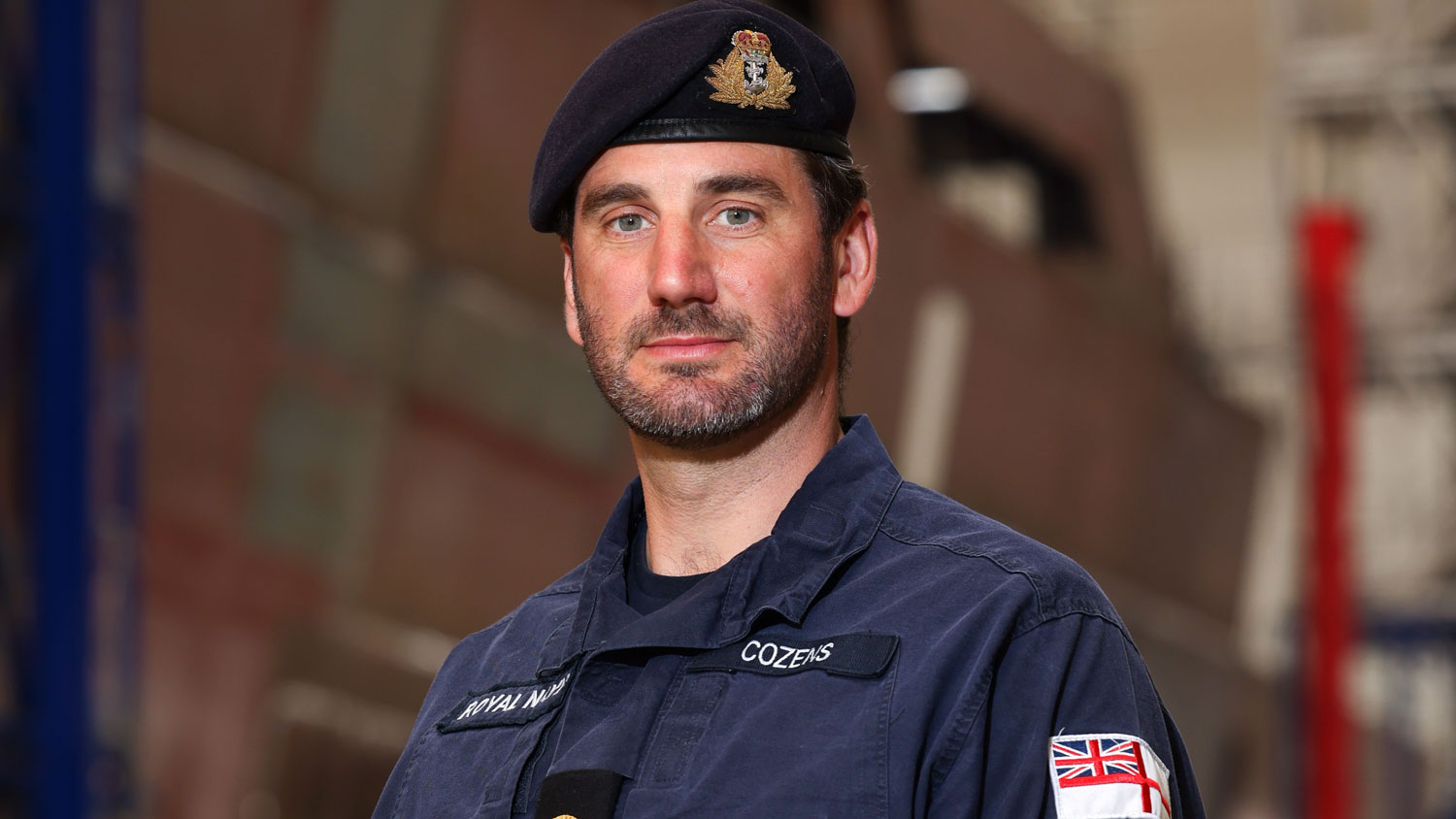
How did it happen?
In January 1945, U-864 left Kiel on a mission codenamed Operation Caesar to deliver advanced technology to Japan – Messerschmitt engine parts for jet fighters, guidance systems for V2 rockets plus 64 tonnes of mercury.
She might have made it to the Far East but for a mixture of luck, poor seamanship and British intelligence and ingenuity.
The boat was damaged while transiting the Kiel Canal and so was sent to Bergen in occupied Norway for repairs, which were delayed by an RAF raid on the U-boat pens.
By the time U-864 departed Norway, British intelligence had deciphered radio messages outlining the U-boat's mission and HMS Venturer was sent to intercept her.
HMS Venturer's hydrophones, or "underwater ears", picked up the German submarine off the island of Fedje, 30 miles north of Bergen.
The U-boat was trailed for three hours, following its zig-zag course before Lt Launders decided to act, taking a calculated decision to fire a spread of torpedoes at intervals of 17.5 seconds, estimating where U-864 might be.
The German submariners took evasive action and avoided the first three torpedoes but not the fourth, which tore the boat in half, killing all the crew.
U-864 was the second U-boat dispatched by HMS Venturer - one of 15 German vessels sunk by the British submarine.
HMS Venturer was transferred to the Norwegian Navy post-war, while Lt Launders remained in the service, rising to the rank of captain by the time he retired in the mid-70s.
Following his death in 1988, Lt Launders' family donated the submarine's bell – marked with her pennant number HMS P68 – among other effects to the crew of the new frigate.
That bell became the centrepiece of a short service of remembrance at Rosyth, where the new Type 31 frigate is under construction and where the 20 crew assigned to the vessel were reminded of the 1945 encounter.
Today's HMS Venturer is the first of five Inspiration-class frigates being built for the Royal Navy by Babcock in Rosyth, and is due to emerge from her assembly shed to undergo completion in dock later this year.
The ships will perform general duties on patrol around the globe when they enter service later this decade.

